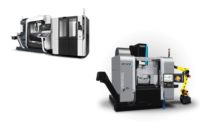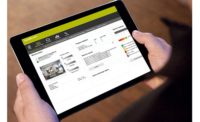An INMETRO accredited laboratory will now run yearly analyses of batteries and cells, with the National Institute for Metrology and Standardization to set maximum limits for lead, cadmium and mercury. Portable batteries, including zinc-carbon, alkaline manganese, acid lead, as well as automotive and industrial batteries and nickel-cadmium and mercury oxide electrochemical systems will all now be under environmental management, with obligatory adherence to regulatory standards. Challenges lie ahead for manufacturers.
The CONAMA Settlement now holds retailers and outlets responsible for offering technical assistance to collect used batteries and cells from consumers, to forward on to manufacturers and importers. Within two years, all used batteries must be at the site of their devolution. In addition, from now on manufacturers and importers are deemed responsible in the final instance for environmental damage caused by the improper disposal of batteries. Manufacturers and importers are therefore now obliged to provide means of disposal for cells and batteries after consumption and final use.
In order to comply with the settlement, manufacturers and importers will have to apply to the Federal Technical Registration of Potentially Polluting Activities or Using Environmental Resources. Manufacturers and importers will also have to present physio-chemical analyses of their cells and batteries to IBAMA on an annual basis and in addition, within twelve months, manufacturers and importers must submit a management plan for used batteries to the State Environmental Agency.
Brazil Tightens Controls On Batteries and Their Disposal
Looking for a reprint of this article?
From high-res PDFs to custom plaques, order your copy today!





